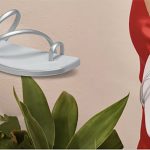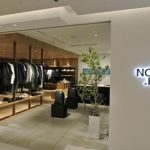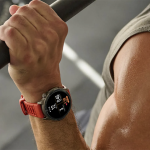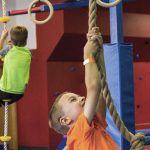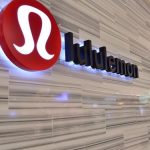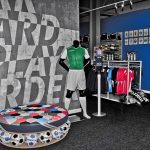The deal announced last week that saw The Stride Rite Corporation acquire Saucony, Inc. brings to close a twelve-month period that saw a frenetic pace of consolidation in the athletic footwear sector, highlighted by VF Corps acquisition of Vans and Reef Holdings, Quiksilvers deal for DC Shoes, Russell Corporations acquisition of Brook Sports, and American Sporting Goods recent deal to acquire And 1. The deals on the table now appear to be gone as ASG, which was also floating a book, went from target to suitor in a five month period. Yes, there are a few skate brands floating around out there and more cropping up every day, but it looks as though the deals that were going to happen in the near-term have now happened.
SRR will acquire Saucony, Inc. in an all cash deal valued at $23 per share, or roughly $170 million, including all Saucony common stock outstanding and the net value of options, vested or unvested. Existing cash at Saucony brings the net transaction value to approximately $140 million, an amount that will be financed through a new credit facility led by Bank of America, N.A. Stride Rite said they will be “conservatively leveraged” at less than two times cash flow, and is expected to generate significant free cash.
David Chamberlain, chairman and CEO of Stride Rite, sees Sauconys status as an authentic performance brand as the primary reasoning for the deal. He also focused a great deal on what he sees as a big opportunity to take the Saucony brand down into the childrens market. The other factor in the decision to do the deal centered on Sauconys position in the sporting goods and athletic specialty channels of distribution. Mr. Chamberlain said the acquisition will double SRRs international sales.
While Saucony was shown to have much lower brand awareness in the market than the other brands in the SRR stable, Chamberlain highlighted that the Saucony brand had a 90%+ awareness level at running specialty. The brands overall awareness was just 44%, while Keds was pegged at 95%, Stride Rite at 80%, and Sperry Top-Sider at 65% awareness.
Chamberlain presented a chart that indicated that Saucony held just a 2.2% share of the U.S. running market, a figure he sees as a key opportunity for the brand.
But the chairman and CEO appeared to be most interested in the opportunity to grow the Saucony business in the childrens market, a business he said is valued at roughly $4.4 billion for the age nine-and-under segment. He said the performance end of that business is worth about $1.6 billion for the boys and girls business, and another $600 million in the infant business. He sees the opportunity at Kids Foot Locker, Foot Locker, Finish Line, Footaction, and The Sports Authority, as well as their own chain of 254 retail stores. Saucony currently does less than $1 million in the childrens segment.
Channel mix in the U.S. is also expected to see a shift in the new brand structure. SRR is currently about 35% department store focused, while family footwear makes up 13% of the business and owned-retail and LPs make up 34% of the business. With Saucony in the picture, athletic becomes 10% of the business, while department stores and owned-retail/LP each become 29% of the business and family footwear is 11% of the total. Closeout/mass merchandisers make up roughly 14% of the business in both scenarios.
Stride Rite hopes that Saucony will provide a vehicle for Keds to establish a foothold in sporting goods and athletic specialty.
On the international side, Saucony will make up about 59% of total international sales under the new structure. Under the current business, Tommy Hilfiger makes up 54% of the total, but is reduced to 22% of the total with Saucony in the mix. Sperry and Stride Rite each go from 10% of the international business to 4% with Saucony in the mix.
From a product and sourcing standpoint, SRR hopes to see some leverage between the two businesses, with Saucony benefiting from the increased volume and Sperry getting a lift in the performance area. Management feels they can also help Saucony in the detailing or styling end of the design and development process.
The combined entity would have generated pro forma revenues of approximately $725 million in 2004. Stride Rite sees the deal as accretive to earnings and cash flow in 2006 before $2 million to $3 million in integration costs. They see about $6 million to $8 million in annual savings by fiscal 2007 through reduced public company and executive costs and other operational synergies and expect to generate about $30 million to $35 million in positive cash flow.
The front ends are expected to run separately, but there will be shared services upside in the back-end areas like finance, IT, sourcing, and distribution.
The deal is expected to close in the summer of 2005.
>>> Sports Executive Weekly is surprised by the laser sharp focus on the childrens business here, when the biggest opportunity for the Saucony brand right now , in our view, is capitalizing on its franchise in womens performance product…
>>> Replacing Nike, adidas, and New Balance in the Stride Rite stores with Saucony? The stores arent buying it now, why next year?
>>> Childrens take-down product is generally most successful when it reflects strength in the mens category. Few eight-year-olds will find it “cool” owning a pair of their mothers footwear brand…

